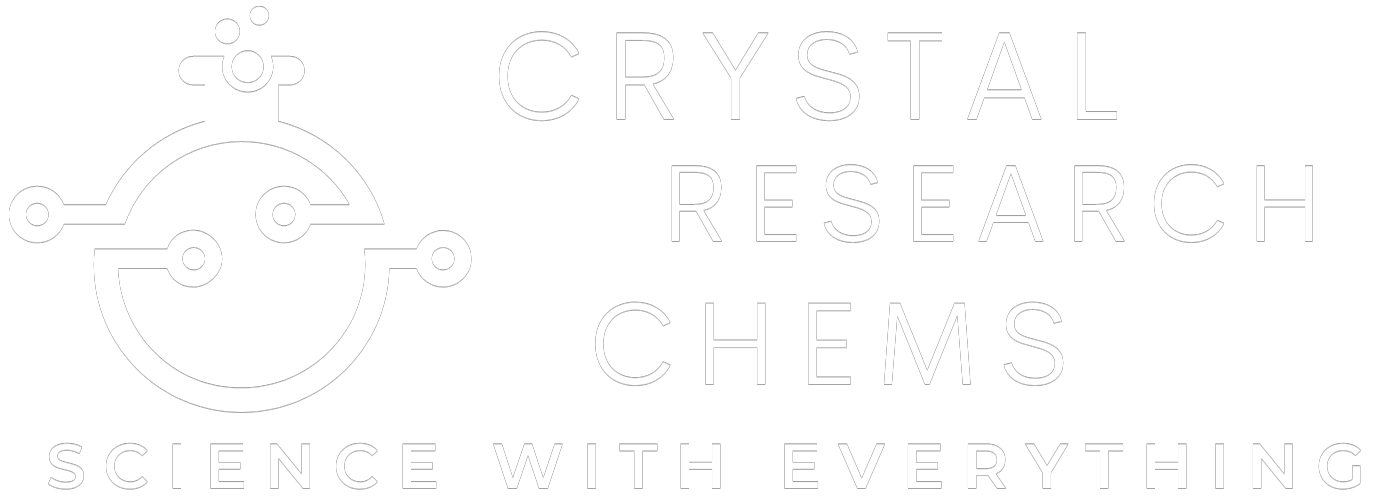The study of matter is an important aspect of science, as it helps us to understand the world around us. Matter is anything that has mass and takes up space, and it is made up of atoms and molecules, which are the building blocks of matter. In this article, we will provide an introduction to atoms and molecules, and explore how they combine to form different substances.
Atoms
An atom is the smallest unit of matter that retains the chemical properties of an element. Atoms are made up of three types of particles: protons, neutrons, and electrons. Protons are positively charged particles found in the nucleus of the atom, while neutrons are neutral particles also found in the nucleus. Electrons are negatively charged particles that orbit the nucleus in shells or energy levels.
The number of protons in an atom’s nucleus is known as its atomic number, and it determines the element to which the atom belongs. For example, all atoms with six protons in their nucleus are carbon atoms, and all atoms with eight protons are oxygen atoms. The number of neutrons in an atom can vary, and atoms with the same number of protons but different numbers of neutrons are called isotopes.
Electrons are the particles that are involved in chemical reactions, as they determine how atoms interact with each other. The outermost shell of electrons in an atom is known as the valence shell, and it is the most important shell for chemical reactions. Atoms are most stable when their valence shell is full, which means they have eight electrons in it, except for the first shell, which can hold a maximum of two electrons.
Molecules
Molecules are made up of two or more atoms that are held together by chemical bonds. There are three types of chemical bonds: ionic, covalent, and metallic. Ionic bonds occur when atoms with opposite charges attract each other, forming a compound with an overall neutral charge. Covalent bonds occur when atoms share electrons to form a stable molecule. Metallic bonds occur when metal atoms share their outermost electrons in a lattice structure, creating a strong bond.
Molecules can be either polar or nonpolar, depending on the electronegativity of the atoms in the molecule. Electronegativity is the measure of an atom’s ability to attract electrons. If two atoms in a molecule have a significant difference in electronegativity, the molecule will be polar, meaning it has a positive and negative end. If the electronegativity is similar, the molecule will be nonpolar, meaning it has no positive or negative end.
Chemical Reactions
Chemical reactions occur when atoms or molecules interact with each other to form new substances. In a chemical reaction, the atoms and molecules involved in the reaction are called reactants, while the new substances that are formed are called products. Chemical reactions can be classified as exothermic or endothermic, depending on whether they release or absorb energy.
In an exothermic reaction, energy is released in the form of heat, light, or sound. This type of reaction often occurs spontaneously, as the products have lower energy than the reactants. An example of an exothermic reaction is the burning of wood, which releases energy in the form of heat and light.
In an endothermic reaction, energy is absorbed from the surroundings. This type of reaction requires an input of energy to occur, as the products have higher energy than the reactants. An example of an endothermic reaction is the melting of ice, which absorbs energy from the surroundings to break the bonds between the water molecules.
Understanding the properties of atoms and molecules is essential for understanding how different substances interact with each other and for predicting the behavior of chemical reactions. The study of atoms and molecules is known as chemistry, and it is a fundamental field of science that has numerous practical applications in fields such as medicine, materials science, and engineering.
Chemists use various tools and techniques to study atoms and molecules, including spectroscopy, crystallography, and computational modeling. Spectroscopy involves the use of light to study the energy levels and interactions of atoms and molecules, while crystallography is used to determine the three-dimensional structure of molecules. Computational modeling uses computers to simulate the behavior of atoms and molecules, providing insight into their properties and behavior.
In addition to being the building blocks of matter, atoms and molecules also have a number of important properties that are essential for life. For example, water, which is made up of two hydrogen atoms and one oxygen atom, is a critical component of living organisms and plays a key role in many biological processes. Other molecules, such as DNA and proteins, are essential for storing and transmitting genetic information and for carrying out the biochemical reactions that keep cells alive.
In conclusion, atoms and molecules are the fundamental building blocks of matter and are essential for understanding the properties and behavior of different substances. The study of atoms and molecules is a critical field of science that has numerous practical applications and is essential for advancing our understanding of the world around us. Whether we are exploring the properties of new materials, developing new medicines, or studying the structure of biological molecules, the study of atoms and molecules will continue to play a critical role in advancing our knowledge of the natural world.

